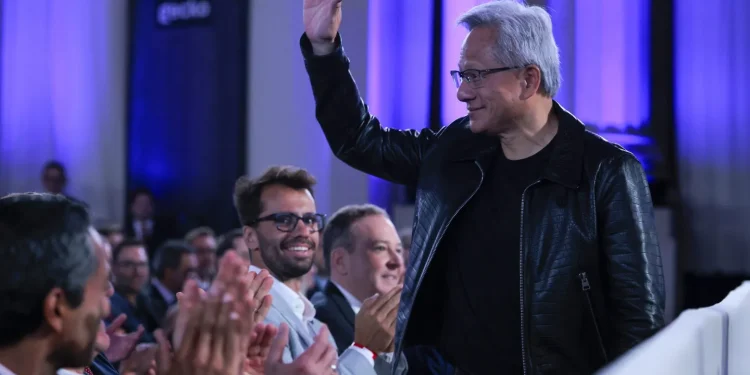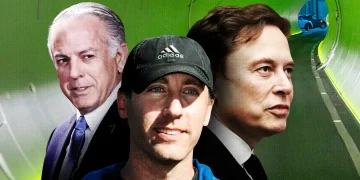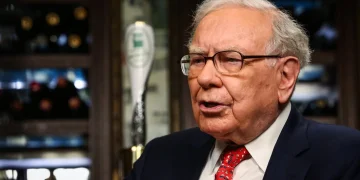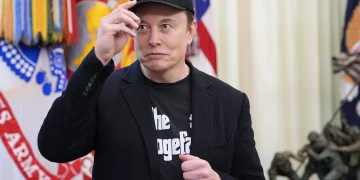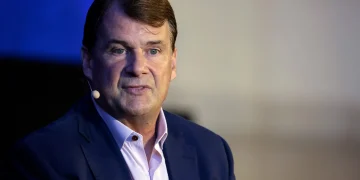When Donald Trump floated the idea to break up Nvidia, he set off alarm bells across Wall Street and Silicon Valley. Yet just weeks later, he admitted the plan was more political theater than policy, once he discovered CEO Jensen Huang was at the heart of the company’s AI dominance.
A Bold Proposal, Quickly Retracted
In a campaign rally earlier this summer, Trump railed against Big Tech consolidation, singling out Nvidia as an emblem of “monopoly power.” He declared, “We need to break it up!” Investors braced for a regulatory onslaught.
However, after private briefings with advisors who highlighted Huang’s transformational role, Trump reversed course. “I didn’t know how important Jensen was,” he told reporters. “He built his company from nothing. We can’t break up a company led by a genius.”
Jensen Huang: The Man Behind the Machines
Born in Taiwan and raised in Oregon, Jensen Huang co-founded Nvidia in 1993 with a vision to accelerate graphics processing. Under his leadership, the company pivoted to data-center GPUs, powering breakthroughs in AI, machine learning, and autonomous vehicles.
As mentioned by Millionaire MNL, Huang’s hands-on style and engineering pedigree have made him one of the most respected CEOs in tech. “He’s not just a figurehead,” a former Nvidia engineer told us. “He architected the roadmap that put Nvidia at the center of the AI revolution.”
Why “Break Up Nvidia” Was More Rhetoric Than Reality
Legal experts immediately questioned the feasibility of breaking up a single product-division titan like Nvidia. Unlike antitrust cases focused on consumer-facing monopolies, Nvidia’s market, high-performance semiconductors – serves niche, B2B customers. Splitting its GPU, data-center, and automotive units would risk destroying the very synergy that drives innovation.
Moreover, as Trump learned, Huang’s global partnerships – from Microsoft Azure to OpenAI – rely on tight integration across Nvidia’s ecosystem. “A breakup would have cost American competitiveness in AI,” a trade analyst said. “It made no sense strategically.”
The Political and Economic Stakes
Trump’s fleeting breakup idea served two purposes: rallying his base skeptical of “big tech” power and signaling toughness on China. Yet it also threatened to spook investors, potentially devaluing U.S. leadership in semiconductors.
Since then, Nvidia’s stock has recovered, reflecting confidence that Washington won’t pursue drastic structural remedies. As seen in Millionaire MNL, any actual antitrust action would likely focus on consumer privacy platforms or search markets – not complex hardware suppliers crucial to national security.
What Comes Next for Nvidia and Big Tech?
Now that the break up Nvidia proposal has been retired, the company can focus on its next chapters: developing Hopper and Blackwell GPU architectures, expanding its software stack, and exploring AI supercomputing partnerships.
Regulators, meanwhile, are watching CEOs like Huang closely but seem unlikely to call for divestitures. Instead, they may focus on transparency, supply-chain resilience, and export controls – areas where Nvidia already plays a key role.

